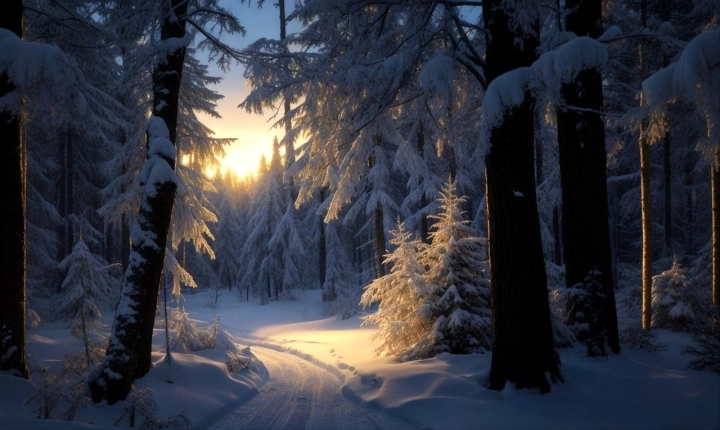Creating AI images is an exciting and innovative process that involves using artificial intelligence to generate stunning visuals. With the advancement of technology, the capabilities of AI have expanded, allowing individuals to create intricate and realistic images with minimal effort. In this article, we will explore the steps and techniques to create AI images, as well as the potential applications and future implications of this fascinating technology.
1. Understanding AI Image Creation:
AI image creation involves using machine learning algorithms and neural networks to generate images. These algorithms analyze existing images and patterns to learn how to create new and unique visuals. The process involves training the AI model on a large dataset of images to learn the features, styles, and characteristics of various types of visuals.
2. Selecting the Right Tools and Platforms:
There are various tools and platforms available for creating AI images, each offering different features and capabilities. Popular platforms such as Nvidia’s StyleGAN, DeepDream, and Runway ML provide user-friendly interfaces and powerful AI algorithms that enable users to generate high-quality images. Additionally, programming languages such as Python with libraries like TensorFlow and PyTorch are commonly used for AI image creation.
3. Preparing the Dataset:
Before creating AI images, it is essential to prepare a dataset of images that align with the type of visuals you want to generate. The dataset provides the AI model with the necessary information to learn and create images based on the specific style or theme. It is crucial to curate a diverse and comprehensive dataset to ensure that the AI model captures a wide range of features and styles.
4. Training the AI Model:
Training the AI model is a critical step in creating AI images. This process involves feeding the dataset into the model and allowing it to learn the features and patterns within the images. The model adjusts its parameters and weights through iterations to generate images that closely resemble the ones in the dataset. Depending on the complexity of the visuals, the training process may take several hours or even days to achieve desired results.
5. Generating AI Images:
Once the AI model is trained, it can be used to generate new images based on the learned features and styles. Users can input specific parameters, such as color schemes, shapes, and textures, to influence the generated images. Additionally, AI models often offer different styles and variations for users to experiment with, resulting in a wide array of visually striking images.
Applications and Future Implications:
The ability to create AI images has vast applications across various industries, including art, design, marketing, and entertainment. Artists and designers can harness this technology to explore new creative possibilities and generate unique visuals. Moreover, AI images can be utilized for creating realistic simulations, virtual environments, and visual effects in films and video games.
Looking ahead, the continuous advancement of AI image creation holds immense potential for revolutionizing the way we perceive and interact with visual media. As AI models become more sophisticated and capable of capturing intricate details and complex scenes, the boundaries of digital art and design will continue to expand, opening doors to entirely new creative avenues.
In conclusion, the process of creating AI images is an exciting and transformative endeavor that embodies the fusion of technology and creativity. As AI continues to evolve, so too will our ability to generate captivating and lifelike visuals that challenge our perceptions of art and design. With the right tools, techniques, and imagination, creating AI images offers a boundless realm of artistic expression and innovation.
